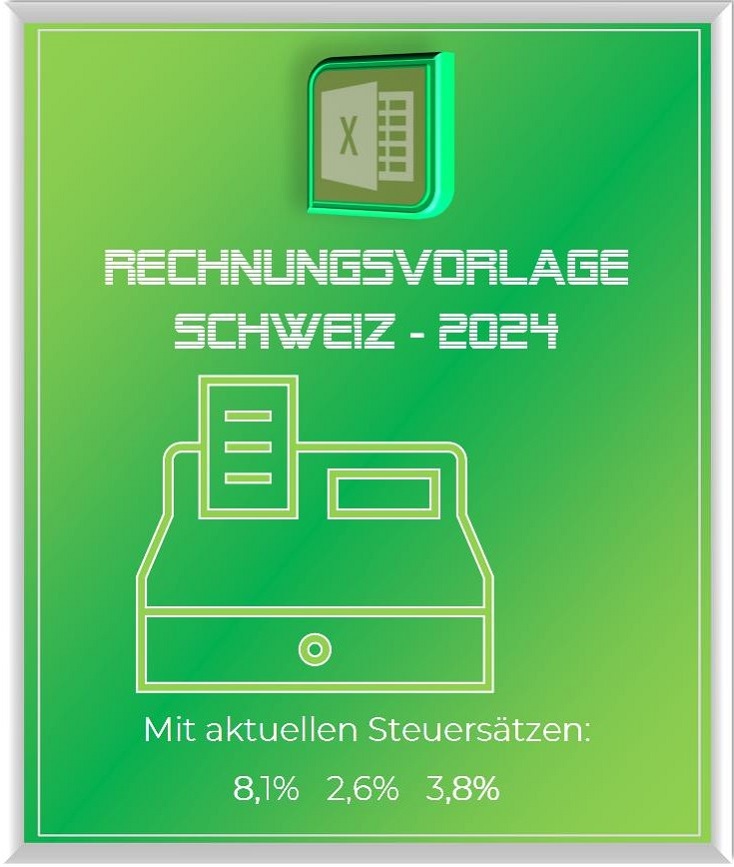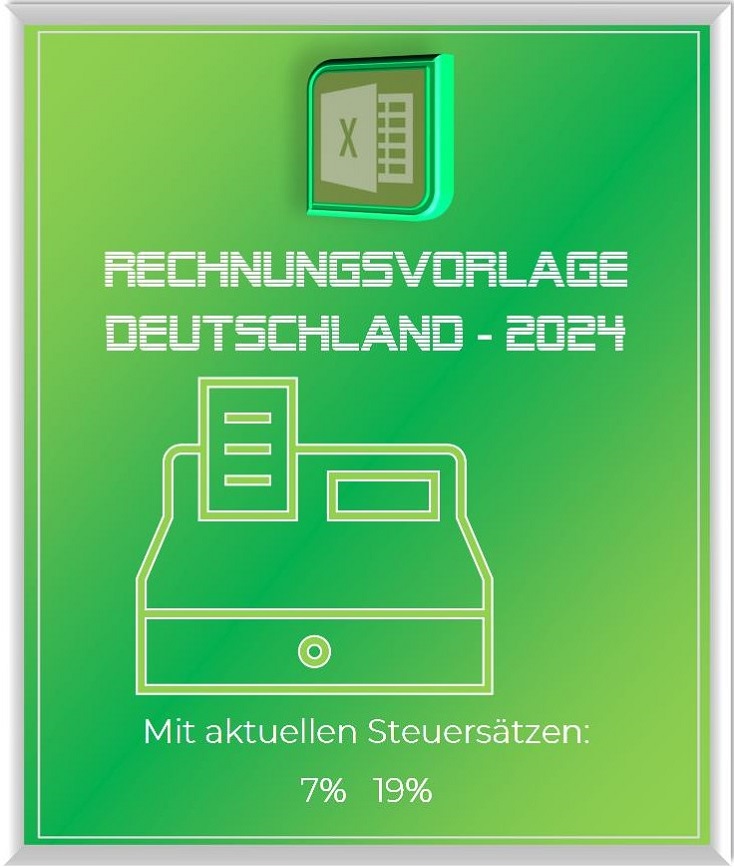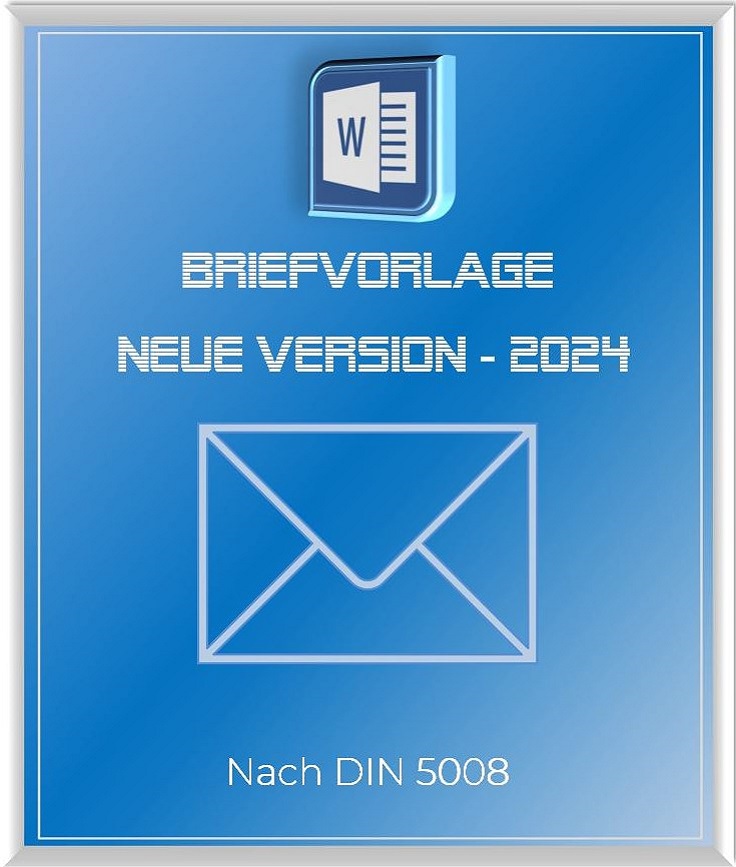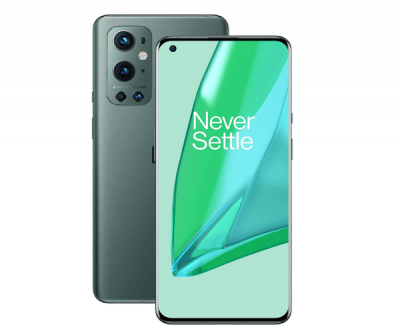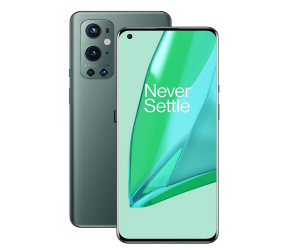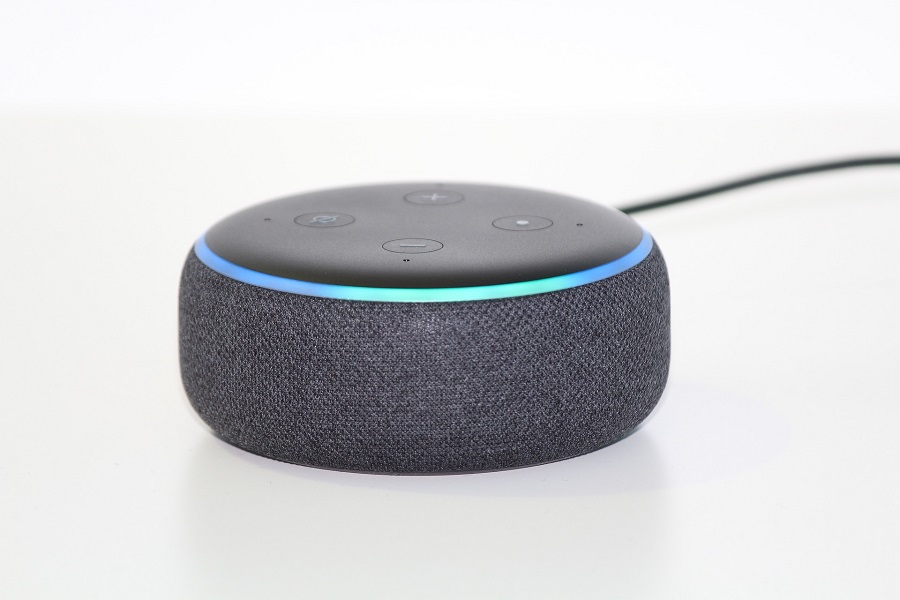QR code scams and how to protect yourself
QR codes, which emerged as a quick response to the traditional barcode system, have become an indispensable part of our digitized world. These two-dimensional codes, originally developed to make it easier to scan product information, are now used far beyond retail.
From advertising campaigns and event tickets to payment systems and educational materials, they make it easy to access information and services with a simple scan. But their simplicity and versatility have also made them an attractive target for scammers. As with many technological advances, there are people who misuse them for fraudulent purposes, putting users’ safety at risk. It is therefore essential to be aware of the potential dangers and how to protect yourself from such threats.

QR code scams and how to protect yourself
QR codes, which emerged as a quick response to the traditional barcode system, have become an indispensable part of our digitized world. These two-dimensional codes, originally developed to make it easier to scan product information, are now used far beyond retail.
From advertising campaigns and event tickets to payment systems and educational materials, they make it easy to access information and services with a simple scan. But their simplicity and versatility have also made them an attractive target for scammers. As with many technological advances, there are people who misuse them for fraudulent purposes, putting users’ safety at risk. It is therefore essential to be aware of the potential dangers and how to protect yourself from such threats.

How does the QR code scam work?
How does the QR code scam work?
Not noticeable at first glance
QR codes are essentially encrypted information that is translated into a machine-readable pattern. If they are from a Smartphone or another device When scanned, this information is decoded and translated into actions, such as opening a web page. This is exactly where cybercriminals come in.
- Camouflage: One of the strengths of QR codes – their compactness – is also one of their weak points. Unlike a URL or other visible link, you can’t just look and tell whether a QR code is legitimate or not. Fraudsters use these Anonymity and place fake codes in areas where people would expect them, such as: B. in advertisements, on Flyers or even as stickers over original QR codes.
- Spoofed websites: Even if the QR code leads to a real website, it may be compromised to download malware or trick the user into revealing personal information. Here you should definitely use an appropriate antivirus program for your mobile device that scans websites before visiting!
- Direct data theft: Some more advanced fraudulent QR codes may be programmed to directly extract data from the user’s device as soon as they are scanned.
- Payment embezzlement: For QR codes that are used for payments or transfers, Scammers manipulate them so that funds go to their own Accounts are redirected instead of to the intended recipient.
The fact that the QR code itself is just an image and cryptic to the human eye makes it difficult to impossible to decide whether it is safe to scan without some form of security precaution. This invisibility effect often gives fraudsters an advantage by keeping users unaware of the risk they are exposing themselves to until it is often too late.
Not noticeable at first glance
QR codes are essentially encrypted information that is translated into a machine-readable pattern. If they are from a Smartphone or another device When scanned, this information is decoded and translated into actions, such as opening a web page. This is exactly where cybercriminals come in.
- Camouflage: One of the strengths of QR codes – their compactness – is also one of their weak points. Unlike a URL or other visible link, you can’t just look and tell whether a QR code is legitimate or not. Fraudsters use these Anonymity and place fake codes in areas where people would expect them, such as: B. in advertisements, on Flyers or even as stickers over original QR codes.
- Spoofed websites: Even if the QR code leads to a real website, it may be compromised to download malware or trick the user into revealing personal information. Here you should definitely use an appropriate antivirus program for your mobile device that scans websites before visiting!
- Direct data theft: Some more advanced fraudulent QR codes may be programmed to directly extract data from the user’s device as soon as they are scanned.
- Payment embezzlement: For QR codes that are used for payments or transfers, Scammers manipulate them so that funds go to their own Accounts are redirected instead of to the intended recipient.
The fact that the QR code itself is just an image and cryptic to the human eye makes it difficult to impossible to decide whether it is safe to scan without some form of security precaution. This invisibility effect often gives fraudsters an advantage by keeping users unaware of the risk they are exposing themselves to until it is often too late.
Common types of fraud
Common types of fraud
QR codes have a variety of applications, from advertising to social media to Payment systems. But cybercriminals have found just as many ways to use them for fraudulent purposes. We have listed the most common types of fraud with QR codes below:
- Phishing links: These codes redirect to fake websites. The fraudsters often design these websites in such a way that they look deceptively similar to real service providers, banks or online shops. The goal is to trick users into entering their login credentials or other personal information, which will then be intercepted by the criminals.
- Malware Download: Scanning the QR code automatically downloads a malicious app or software to the user’s device. This malware can then steal data, lock the device, or otherwise blackmail the user.
- SMS fraud: Some QR codes can cause the User’s smartphone automatically sends an SMS to an expensive premium number. The scammers make money from the high fees charged for such messages.
- Fake payment codes: In some cases, fraudsters create fake QR codes for popular Payment Services. If a user scans the code and attempts to pay, the funds will be redirected to the scammers instead.
- Embedded spy apps: There are QR codes that when scanned trigger the download of a legitimate app, but with an embedded Spy software. These spy apps can monitor activities, record conversations or even take control of the device.
- QR Codes on Social Media: Scammers sometimes use QR codes on social media to lure users into fraudulent promotions, fake contests, or surveys. When participating, personal information is often requested, which is then misused for criminal purposes.
The trick behind fraud with QR codes often lies in their apparent ” rel=”noopener”>Authenticity. Many users mistakenly assume that a QR code is secure just because it appears in a printed advertisement, on a product, or in an official letter. It is important to always be vigilant and ensure that the source of the QR code is trustworthy before scanning it.
QR codes have a variety of applications, from advertising to social media to Payment systems. But cybercriminals have found just as many ways to use them for fraudulent purposes. We have listed the most common types of fraud with QR codes below:
- Phishing links: These codes redirect to fake websites. The fraudsters often design these websites in such a way that they look deceptively similar to real service providers, banks or online shops. The goal is to trick users into entering their login credentials or other personal information, which will then be intercepted by the criminals.
- Malware Download: Scanning the QR code automatically downloads a malicious app or software to the user’s device. This malware can then steal data, lock the device, or otherwise blackmail the user.
- SMS fraud: Some QR codes can cause the User’s smartphone automatically sends an SMS to an expensive premium number. The scammers make money from the high fees charged for such messages.
- Fake payment codes: In some cases, fraudsters create fake QR codes for popular Payment Services. If a user scans the code and attempts to pay, the funds will be redirected to the scammers instead.
- Embedded spy apps: There are QR codes that when scanned trigger the download of a legitimate app, but with an embedded Spy software. These spy apps can monitor activities, record conversations or even take control of the device.
- QR Codes on Social Media: Scammers sometimes use QR codes on social media to lure users into fraudulent promotions, fake contests, or surveys. When participating, personal information is often requested, which is then misused for criminal purposes.
The trick behind fraud with QR codes often lies in their apparent ” rel=”noopener”>Authenticity. Many users mistakenly assume that a QR code is secure just because it appears in a printed advertisement, on a product, or in an official letter. It is important to always be vigilant and ensure that the source of the QR code is trustworthy before scanning it.
How do you protect yourself?
How do you protect yourself?
At a time when the use of QR codes is becoming increasingly common, it is essential to be aware of the potential dangers and take preventive measures. There is no such thing as 100% security in life, but with our strategies and tips you can at least partially ensure that you protect yourself from fraudulent QR codes:
- Check source: Only scan QR codes from trusted sources. If you see a QR code in a physical space like a store or event, check for signs that it may have been tampered with or replaced. There is no technical solution for this. But the good old gut feeling helps a lot here.
- Use preview: Some scanner apps offer a preview of the link before you actually open it. This gives you the opportunity to check the URL and ensure that it leads to a legitimate and safe website.
- Dedicated QR scanner apps: Use dedicated QR scanner apps instead of your phone’s built-in camera feature. Many of these apps have additional security features and alerts for suspicious links. Optionally, as described above, good antivirus software (e.g. Bitdefender) for your mobile device can also help, which checks websites and applications for potential dangers before use.
- Up-to-date security software: Always keep your smartphone and other devices you use to scan QR codes up to date. Updated antivirus and anti-malware software can detect potentially harmful content and block. Likewise, of course, the regular security updates for your operating system.
- Be careful with prompts: Be particularly vigilant when you scan a QR code to enter personal information, Passwords or payment details will be requested. The first thing we recommend here is to take a close look at the URL in the browser. If it doesn’t fit here then you’re almost certainly on the wrong path.
- Avoid scanning QR codes in unsafe environments: Be especially careful if you find QR codes on public billboards, flyers, or strangers’ business cards. These are easier to manipulate and may have a higher chance of being harmful.
- Up to Date: Stay informed about the latest fraud methods and techniques. Often, security experts and organizations share important information about newly discovered threats and how to protect against them. Here we also recommend visiting the official BSI website to inform.
In the end, the key strategy is to always be vigilant and not blindly trust every QR code you see. In an ever-changing digital landscape, your knowledge and caution is the first and most effective line of defense against potential threats.
At a time when the use of QR codes is becoming increasingly common, it is essential to be aware of the potential dangers and take preventive measures. There is no such thing as 100% security in life, but with our strategies and tips you can at least partially ensure that you protect yourself from fraudulent QR codes:
- Check source: Only scan QR codes from trusted sources. If you see a QR code in a physical space like a store or event, check for signs that it may have been tampered with or replaced. There is no technical solution for this. But the good old gut feeling helps a lot here.
- Use preview: Some scanner apps offer a preview of the link before you actually open it. This gives you the opportunity to check the URL and ensure that it leads to a legitimate and safe website.
- Dedicated QR scanner apps: Use dedicated QR scanner apps instead of your phone’s built-in camera feature. Many of these apps have additional security features and alerts for suspicious links. Optionally, as described above, good antivirus software (e.g. Bitdefender) for your mobile device can also help, which checks websites and applications for potential dangers before use.
- Up-to-date security software: Always keep your smartphone and other devices you use to scan QR codes up to date. Updated antivirus and anti-malware software can detect potentially harmful content and block. Likewise, of course, the regular security updates for your operating system.
- Be careful with prompts: Be particularly vigilant when you scan a QR code to enter personal information, Passwords or payment details will be requested. The first thing we recommend here is to take a close look at the URL in the browser. If it doesn’t fit here then you’re almost certainly on the wrong path.
- Avoid scanning QR codes in unsafe environments: Be especially careful if you find QR codes on public billboards, flyers, or strangers’ business cards. These are easier to manipulate and may have a higher chance of being harmful.
- Up to Date: Stay informed about the latest fraud methods and techniques. Often, security experts and organizations share important information about newly discovered threats and how to protect against them. Here we also recommend visiting the official BSI website to inform.
In the end, the key strategy is to always be vigilant and not blindly trust every QR code you see. In an ever-changing digital landscape, your knowledge and caution is the first and most effective line of defense against potential threats.
Popular Posts
Integrate and use ChatGPT in Excel – is that possible?
ChatGPT is more than just a simple chatbot. Learn how it can revolutionize how you work with Excel by translating formulas, creating VBA macros, and even promising future integration with Office.
A turning point in EU policy on regulating AI
The EU's AI Act represents a historic step forward in the regulation of artificial intelligence. With strict guidelines for high-risk applications, it paves the way for safe and responsible AI innovation on a global scale.
The most important cookie settings in Google Chrome
Find out all about the latest cookie settings in Google Chrome. From third-party cookie blocking to SameSite attributes, we cover the most important updates for your online security and privacy.
QR code scams and how to protect yourself
Cybercriminals use fake QR codes to link to malicious websites or distribute malware. Protect yourself by checking the source, using previews and keeping your smartphone up to date. Be vigilant and enjoy digital conveniences safely.
Start Windows without password – How it works
Starting Windows without a password can be useful if your computer is protected from unauthorized access at home. There is no need to change your password either.
The best backup solutions for your data
Keep your data safe and secure! Discover our best backup solutions for your valuable information now. Because safety is the be-all and end-all - and we have the perfect tips.
Popular Posts
Integrate and use ChatGPT in Excel – is that possible?
ChatGPT is more than just a simple chatbot. Learn how it can revolutionize how you work with Excel by translating formulas, creating VBA macros, and even promising future integration with Office.
A turning point in EU policy on regulating AI
The EU's AI Act represents a historic step forward in the regulation of artificial intelligence. With strict guidelines for high-risk applications, it paves the way for safe and responsible AI innovation on a global scale.
The most important cookie settings in Google Chrome
Find out all about the latest cookie settings in Google Chrome. From third-party cookie blocking to SameSite attributes, we cover the most important updates for your online security and privacy.
QR code scams and how to protect yourself
Cybercriminals use fake QR codes to link to malicious websites or distribute malware. Protect yourself by checking the source, using previews and keeping your smartphone up to date. Be vigilant and enjoy digital conveniences safely.
Start Windows without password – How it works
Starting Windows without a password can be useful if your computer is protected from unauthorized access at home. There is no need to change your password either.
The best backup solutions for your data
Keep your data safe and secure! Discover our best backup solutions for your valuable information now. Because safety is the be-all and end-all - and we have the perfect tips.









